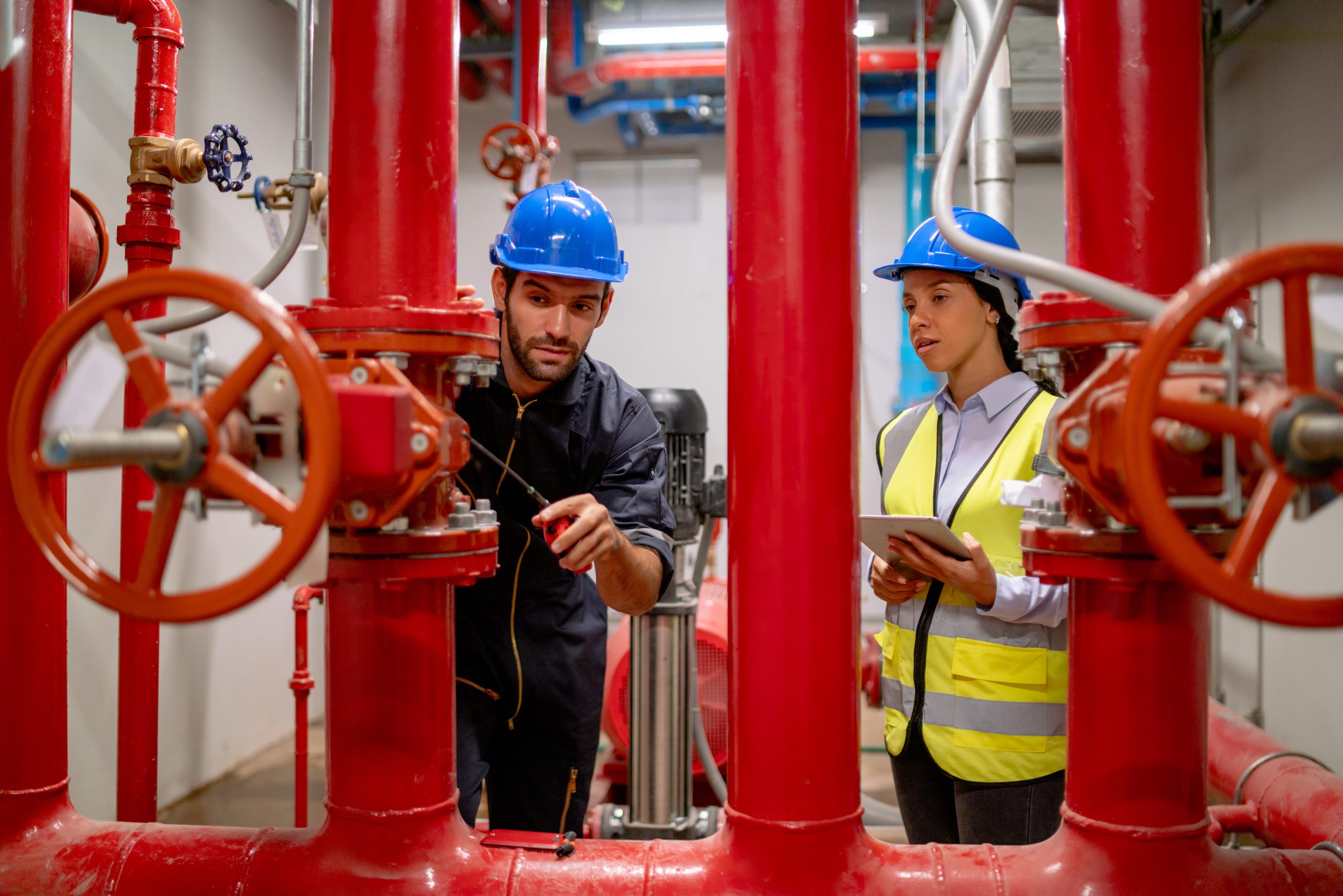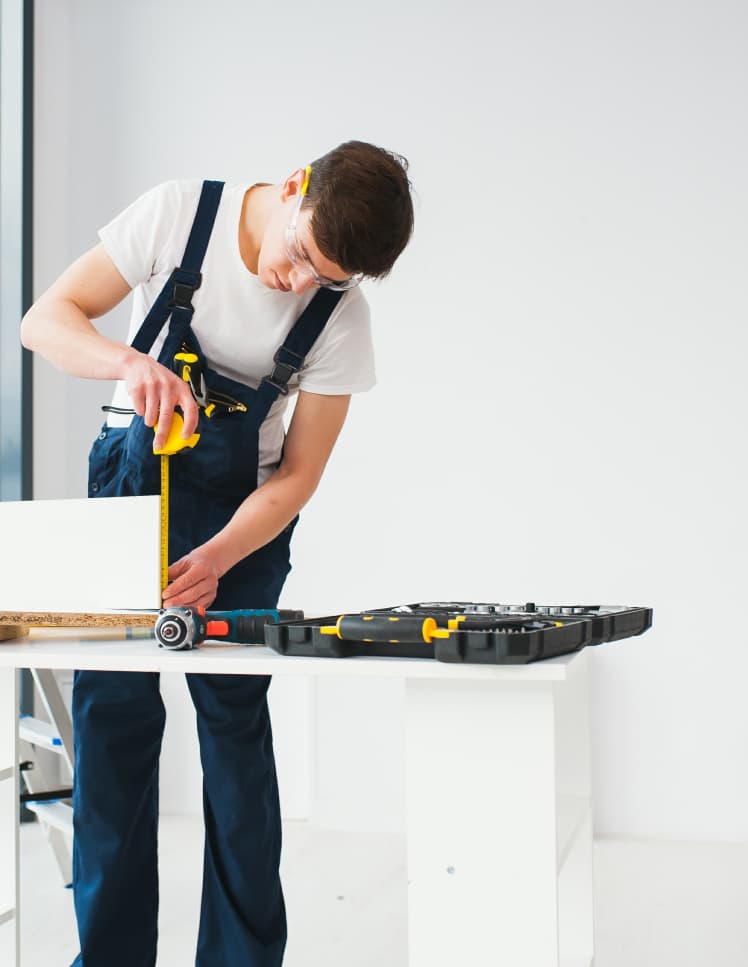
From planning to final inspection, our commercial plumbing process ensures code-compliant, efficient, and long-lasting systems for kitchens, bathrooms, and utility areas. We handle every step with precision—minimizing disruption and maximizing value.
Homeowner contacts the plumber by phone, online form, or email.
A brief discussion covers:
Type of plumbing service needed (repair, replacement, installation, maintenance).
Symptoms or issues noticed (leaks, low water pressure, strange noises).
Timeline expectations and preferred appointment windows.
Property access instructions (gate codes, pets, etc.).
The plumber arrives, greets the homeowner, and reviews the reported issue.
A visual and/or diagnostic inspection is conducted to:
Identify the source of the problem.
Check related fixtures and systems for hidden issues.
Determine if the problem is isolated or part of a larger plumbing concern.
For installations, measurements are taken and layout options discussed.
The plumber provides:
A clear, itemized estimate of labor, materials, and any parts needed.
An explanation of available options (repair vs. replacement, standard vs. premium fixtures).
Estimated completion time.
Homeowner signs off on the scope of work before work begins.
For repairs:
Isolate the water supply to prevent further damage.
Remove damaged parts or faulty components.
Install replacements or make necessary adjustments.
For installations:
Install new fixtures, pipes, or systems according to manufacturer specs and local building codes.
Ensure secure connections, proper sealing, and leak prevention.
Keep the work area clean and protect surrounding property.
Restore water flow and check:
Water pressure.
Drainage efficiency.
Leak-free operation.
Adjust or fine-tune as needed.
Confirm the system meets safety and building code standards.
Explain how to operate any new fixtures or systems.
Provide maintenance tips to extend system life.
Answer any follow-up questions.
Remove tools, debris, and any old parts.
Leave the work area as clean—or cleaner—than it was found.
Issue the invoice and warranty information.
Some plumbers schedule a courtesy follow-up call or email.
Offer maintenance packages or seasonal check-ups to prevent future issues.
Provide emergency contact info for urgent repairs.


Get in touch with Everon’s Plumbing today for reliable, affordable service you can count on.
